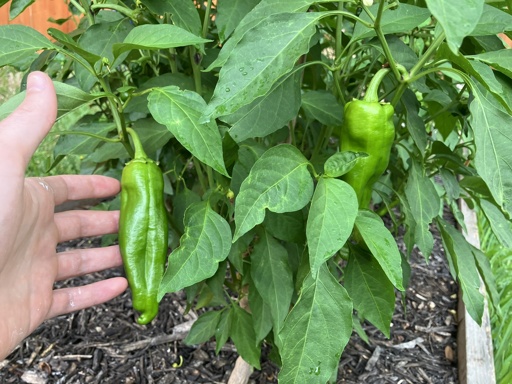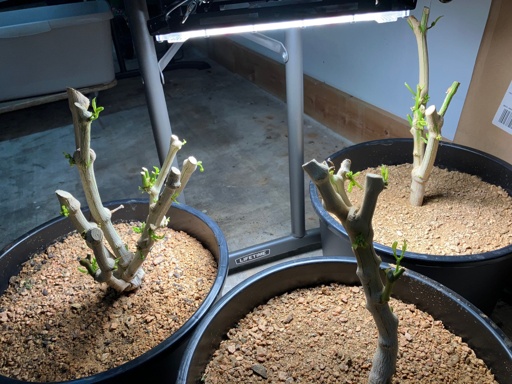

Phosphate - Excess phosphate is water soluable and runs off like nitrate. This causes all sorts of issues in waterways.
Not at all true for the purposes of home gardening: https://extension.missouri.edu/publications/g9181. Granular fertilizer worked into the soil and covered by mulch isn’t going anywhere.
There is little potential for phosphorus to leach through soil into groundwater. Soil particles have a large capacity to fix phosphorus in forms that are immobile in soil.
Only 1/3 of it is immediately available. The other 2/3rd are insoluable and stays in the soil for months. It then releases over the winter and early spring and runs off into the waterways.
Entirely depends on the form of phosphate. See “Table 1: Percentages of water-soluble and available phosphate in several common fertilizer source”. The runoff bit is still nonsense.
Potassium - elevated levels of potassium in some species is an issue in others it’s not a problem. For example corn and other grasses will suck up extra K+ and store it. Howeve in tomatoes, peppers, potatoes etc it can inhibit the uptake of Ca+ and Mg+.
Sure - that buildup takes a while though.
The idea that hitting plants with 3-1-2 fertilizer causes top heavy growth is myth that is passed around gardening forums and many books To put it bluntly it flat out doesn’t happen. The root/shoot ratio is quite a bit more complex than that.
I agree that it’s more complex than that, and early 3-1-2 is in no way a catastrophic death knell, but there’s a grain of truth to it. As I think we also agree, pretty much every reputable source will tell you to prep the bed with a higher P+K feed in the early season.





We can go back and forth on this all day, but I’m gonna just sum my point into a nice tight thesis: broadcast application of phosphorus is by far the biggest issue in terms of runoff (as you allude to re: lawn fertilizer). Home gardening use of phosphorus mixed into soil is entirely harmless by comparison.
I agree excess potassium is bad. Doesn’t happen overnight.
Plenty of reputable books and horticulturalists recommend even-ratio’d ferts for all these crops. My local ag office explicitly recommends 10-10-10 in particular for tomatoes year-round in a home garden context. It’s simplified, suboptimal advice; we’re on the same page there - but not malpractice.